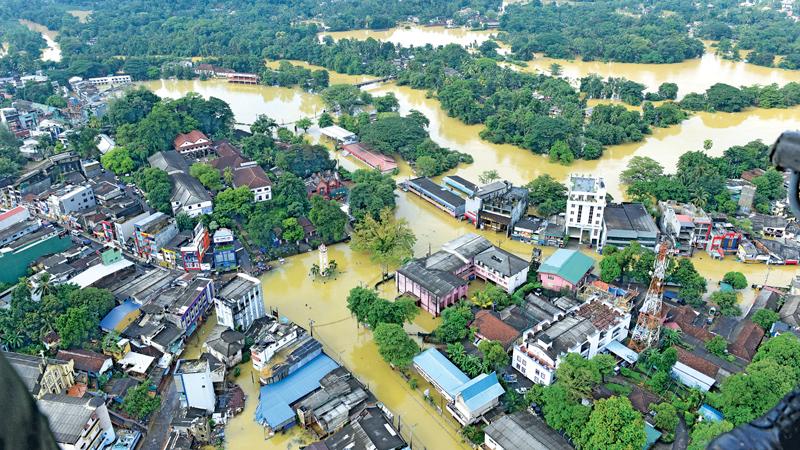
The frequency and magnitude of natural disasters are on the rise, beyond comprehension, costing enormous amounts of money and negatively impacting the lives of humans, animals and the environment.
 Last week’s torrential rains ravaged fourteen districts which is one of the worst-ever calamities in our history.
Last week’s torrential rains ravaged fourteen districts which is one of the worst-ever calamities in our history.
Recovering from a disaster of this magnitude demands a huge effort and is usually a gradual process. Safety is the primary issue, as are mental and physical well-being.
The emotional toll that disaster brings can sometimes be even more devastating than the financial strains of damage and loss of home, business or personal property. The stress caused following a natural disaster can lead to burnout and physical, mental and emotional exhaustion.
Individual perspective
Surely you need to develop an action plan - decide who’s going to do what and when. Summarize your financial situation and discuss your options with your bank or financiers to alleviate the stress of financial concerns, and draw up a recovery plan after you have assessed the level of physical damage.
Psychological recovery leads to physical recovery. Start with a strong mind and emotional strength. Extended family and friends can help you – it makes a difference when you know you have people to share your emotions with.
They and strong support networks that come into action in such situations can provide emotional and practical support. Share, explain and tell them exactly how they can help.
Broader economic perspective
In the wake of climate-related disasters, rebuilding is never simply a matter of putting back the structures that were there before. It needs to address the intangible, too, beginning with carefully considered strategies for economic recovery.
In plotting a way forward for economic recoveries in the future, there are important and useful lessons to be learned from past events and experiences.
Such disasters are often seen as providing a chance to ‘build back better’ — better housing, roads, schools and hospitals for the long-term. Rebuilding housing and public infrastructure to higher standards of safety that reduce disaster risk is vital.
It minimizes human and economic losses in future events and helps soften the fear and trauma of survivors as they re-emerge into social and economic life. Building back better is sometimes seen as an opportunity for a disaster-struck country to make a ‘developmental leap’ by creating, for instance, more solid infrastructure that would not have existed in the absence of the disaster.
However, if this is not done in a way that matches the availability of local abilities, recovery will falter. ‘Building back adequately’ could be what is most needed for ravaged economies. The speed of recovery matters but quality of recovery is equally important as it’s the quality that will be the rate of success.
For those not affected
Devastation of this scale demands a coherent effort. Government or any single organization cannot single handedly help this situation. Every single person has a contribution to make.
Even the most developed countries require assistance for affected from the non-affected in multiple ways. We have already seen many heartwarming examples. Sri-Lankans have repeatedly proved that we are nation that naturally come together leaving behind all differences to help each other. Helping another at a time of such need is the best thing a human can do. Do your utmost generously in kind, man power and time. Underline theme of sustainability is growing together for everyone’s well-being.
